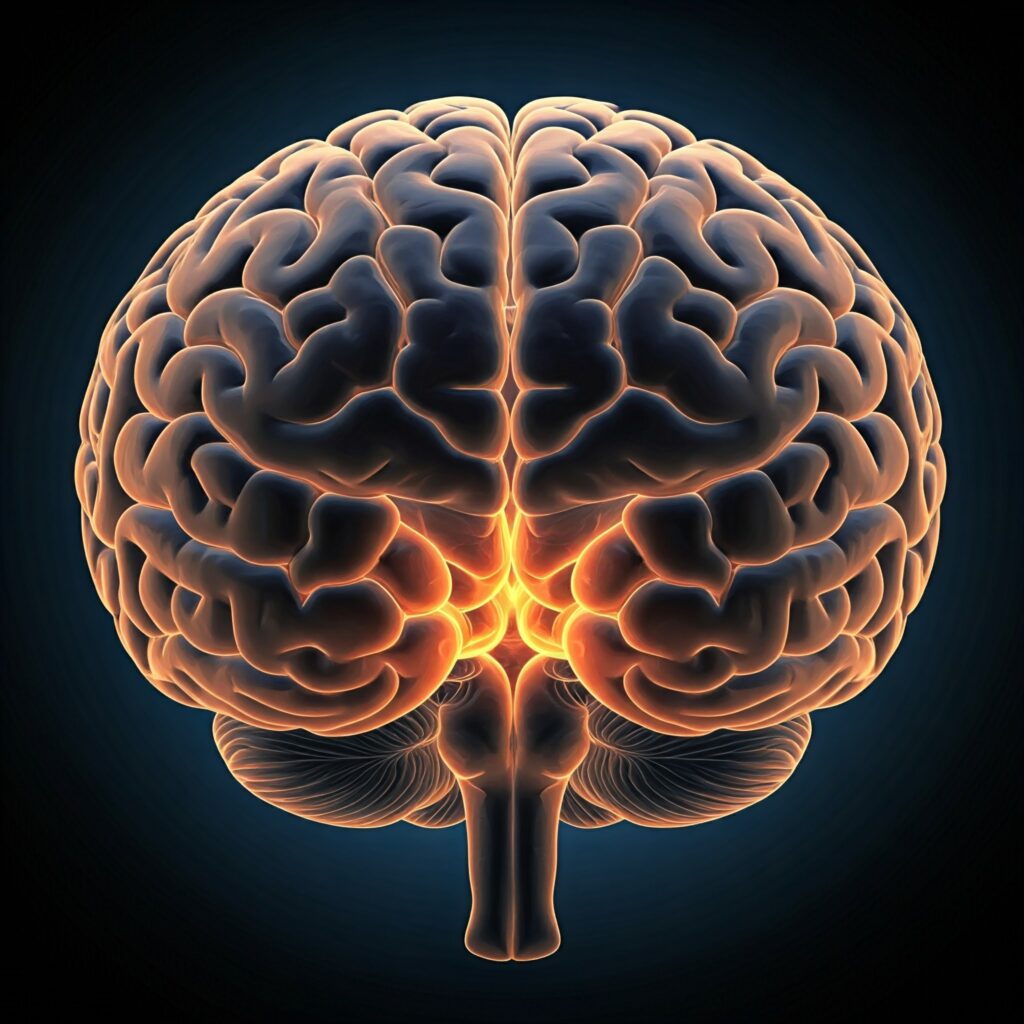Tracing the history of mental health opens the door to the long journey from the ancient world to the modern world. This blog outlines the evolution of mental health practices from the past to the present, explaining how critical junctures and changes have revolutionized care and treatment. Aimed at mental health professionals, students, and enthusiasts, it provides a new understanding of how past transformations shape contemporary practice. Join us as we dive into the history of mental health, from its early evolution to present-day understanding, to learn about the landmark moments that have influenced our collective mental wellness journey and the advancements still taking place in the field.
What is Mental Health?

Mental health refers to a state of emotional, psychological, and social well-being that impacts how people think, feel, and behave. It comprises managing stress, building healthy relationships, and making good choices. Good mental health is signified by a stable mood, a positive self-image, and effective coping mechanisms.1 It is important for overall quality of life and affects your interactions with others and how you go about daily activities. Mental health itself has been described as the state of one’s mind that if it’s functioning properly, results in well being and Happiness in everyday life, dealing with its disorders, stress, and supportive environment are critical.
The Evolution of Mental Health: A Historical Perspective
The history of mental health care traces an intriguing evolution from ancient misunderstandings to modern scientific insight. This overview details some of the major changes in the perception and treatment of mental health over the centuries.
1. Ancient Civilizations: Early Beliefs and Treatments
In ancient societies, mental health problems were often attributed to the gods or evil spirits, and the cure was ritual and prayer. The first attempts to comprehend and treat Mental Health can be seen as the cultures of the Ancient Egyptians and Greeks started to consider both spiritual and physiological explanations.
| Ancient Egypt (circa 3000–1000 BCE): | Gods and goddesses played a big role in ancient Egyptian society, so mental health was often viewed as the product of divine or supernatural activity. These treatments varied and included rituals, prayers, and amulet use. Ancient practitioners such as Imhotep drew from both spiritual and practical healing techniques to treat people with mental disturbances. |
| Ancient Greece (circa 5th century BCE): | It was then that Greek philosophers and physicians started looking at mental health from a more physiological standpoint. One of the foundational figures in ancient Greek medicine, Hippocrates, believed mental health problems were due to imbalances in bodily fluids or humor. His work paved the way for a medical perspective on mental health, focusing on the role of lifestyle and environment. |
| Ancient Rome (circa 1st century CE): | Building on Greek thought, Roman medical practitioners like Galen emphasized the role of the brain and nervous system in mental well-being. Galen’s observations and clinical activity helped to advance an early perception of mental disorders and their therapy. |
2. Middle Ages: Superstitions and Institutionalization:
During the Middle Ages, superstitions—beliefs of demonic possession, for instance—were often used to explain mental health conditions. This was also the period in which asylums emerged, its occupants detained with violence more than they were ever given compassion.
Early Middle Ages (circa 500–1000 CE)
In this context, mental health was often understood through religious or supernatural frameworks. Illnesses were frequently blamed on demonic possession or witchcraft, and treatments included exorcisms and other religious rituals.
Late Middle Ages (circa 1000–1500 CE)
This could change around 1700, when asylums began to become more common, though many of them were filthy. Bedlam Hospital, founded in London in 1247, became notorious for how cruelly patients were treated there. These were not therapeutic environments these were places of confinement.
3. Renaissance and Enlightenment: Emerging Humanism
Mental health care during the Renaissance and the Enlightenment focused more on humanism and scientific understanding. The likes of Paracelsus and Philippe Pinel advocated for more humane, rational treatment, shunning superstition for evidence-based methods.
Renaissance (circa 14th–17th centuries)
With the Renaissance came a resurgence of interest in science and humanism. This period is characterized by a challenge to the traditional view that physical disease must take precedence to treat mental illness; a prominent figure was Paracelsus, who believed that herbal remedies and supportive care could treat mental illnesses and moved the emphasis away from purely supernatural explanations.
18th Century Enlightenment
The Enlightenment brought significant changes in the approach to mental health. In the late 18th century, Philippe Pinel began reforming the French asylum system by advocating for humane treatment and the removal of physical restraints. His efforts in 1793 at the Bicetre asylum marked a turning point toward moral treatment.
In 1796, William Tuke established The Retreat in York, with a focus on compassionate care and patient involvement. Tuke’s model had a powerful impact on the development of more humane and practical approaches to care for people with mental illness.
4. 19th and Early 20th Centuries: Medicalization and Institutionalization
The story changes in the 19th and early 20th centuries with the medicalization of mental health care through the proliferation of psychiatric hospitals, but it also introduces controversial treatments and institutional practices that rarely put the needs of patients first.
19th Century
During the 19th century, psychiatric hospitals became more common and the medical model of mental illness became emphasized. Hospitals like Worcester State Hospital (established in 1833) and McLean Hospital (established in 1811) gained prominence. But even with these improvements, many of the facilities still had poor conditions and treatments outweighed by invasive procedures.
Early 20th Century
This era saw controversial treatments such as lobotomies, which were first performed in the 1930s by Dr. Walter Freeman. The use of electroconvulsive therapy (ECT), pioneered in the 1930s, was also prevalent, albeit evolving through the decades. Psychoanalysis, developed by Sigmund Freud in the early 20th century, marked a departure from the behaviorist school and emphasized the unconscious mind’s impact on behavior and mental health.
5. Mid-20th Century: Innovation and Reform:
Some major advancements in mental health care were made in the mid-20th century, with the introduction of antipsychotic drugs and the widening of deinstitutionalization. The reforms aimed at improving treatment alternatives and fostering community-based care, revolutionizing the landscape of mental health.
1950s and 1960s
Then in the mid-20th century, the landscape changed dramatically: in 1954, the first antipsychotic medication, Thorazine, was introduced. These drugs transformed treatment, alleviating symptoms and the need for physical restraints. The period also witnessed a phenomenon called deinstitutionalization, a movement to shut down large psychiatric hospitals and shift patients to communities.
Deinstitutionalization Movement
In the United States, community integration was encouraged through the passing of the Community Mental Health Act of 1963 which promoted outpatient services. The movement sought more humane and accessible mental health care.
6. Modern Era: Comprehensive and Integrated Approaches:
As far back as the Victorian age, mental health treatment has improved to focus on holistic strategies that integrate medications, counseling as well as way of living adjustments. The patient-Centered Approach will help treat mental health issues more efficiently as well as support overall health.
Late 20th and Early 21st Centuries
In recent decades, there has been a gradual movement away from curative models towards more comprehensive and integrated mental health care. Today, treatments typically involve a combination of medication, psychotherapy, and lifestyle changes. Cognitive-behavioral therapy (CBT) is one of the most broadly applied and efficacious treatments for a range of psychiatric disorders, developed in the 1960s and 1970s.
Mental Health Awareness
There is an increasing focus on lowering stigma and increasing mental health awareness. There has also been an increased awareness of the importance of mental health and the impact it has on an individual’s overall well-being which has contributed to positive change.
7. Future Directions: Innovation and Inclusivity
The movement toward innovative technologies along with personalized treatment approaches is also going to become the future of mental health care, with a great emphasis on inclusivity and accessibility. These trends certainly strive to allow for more personalized and effective treatment of a broader spectrum of people.
Advancements
Advancements in neuroscience, genetics, and technology give reason to believe that the future of mental health care will be more integrated, at least in theory. Digital mental health tools, teletherapy, and personalized medicine are among a range of innovations anticipated to improve treatment options and access.
Public Health Integration
There is growing awareness of the need for mental health to be part of wider public health efforts. Prioritizing accessible, compassionate, and inclusive mental health care that recognizes mental health as a critical component of health is key.
This evolutionary history of mental health care writes a story from ancient misunderstanding to contemporary science. Five generations ago is a lifetime, yet how things have changed and continued to advance, to introduce innovative, compassionate approaches to unprecedented challenges in mental health that people have experienced throughout the ages.
Conclusion

From ancient beliefs to modern knowledge, the evolution of mental health care is a striking tale. Supernatural explanations dominated early these approaches and were a cruel institutionalized approach replaced with more humane, effective methods. Improvements such as the introduction of antipsychotic drugs and an emphasis on outpatient care have transformed treatment and availability. And even more exciting, developments in neuroscience and technology offer the potential for even more customized and accessible mental health care in the future. Such an evolution reflects a growing understanding of mental health and an ongoing commitment to enhancing care and fighting stigmas surrounding mental health.
Read more about health here
Related post:










